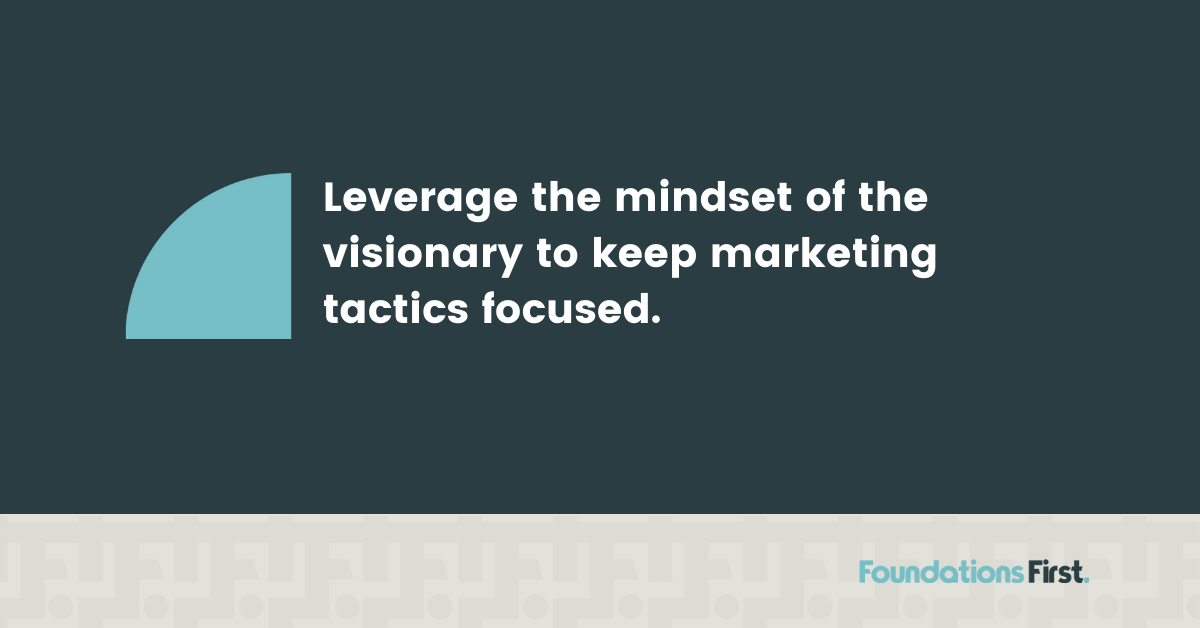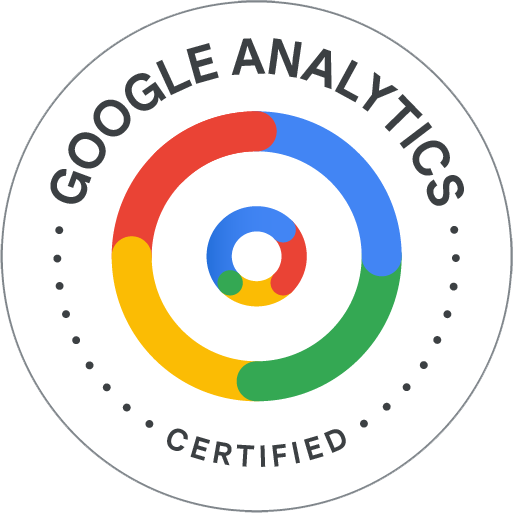FOMO. Fear of missing out. We’ve all experienced it. But being in Vistage, Stas Balanevsky sees it all the time. Founders come back from a Vistage meeting excited and inspired. Then they’ll tell their team that they just have to be on the next platform.
Ugh.
When I met with Stas, he asked me how I advise marketing departments to protect themselves from the visionaries while also testing the next big thing. The key is setting expectations of future goals.
Leverage the mindset of the visionary to keep marketing tactics focused
Instead of protecting a marketing department from the visionary, I recommend using the visionary as a guide. Whomever plays the visionary role at the company knows where they want the business to go 2, 3, 5 years down the line. But sometimes they need marketing to remind them of the end goal and determine how the next big thing will help them reach that goal.
[Note, if you are running on EOS but haven’t defined your vision, you can download a Quarterly Rock that we’ve written for you. Just copy and paste.]
It goes like this:
The visionary will tell me, “Hey, Michelle, we want to be on TikTok. People are saying TikTok is all the rage. We wanna go do that.”
I’ll say, “Great! Let’s talk it through so I understand how you see TikTok getting us closer to your vision.”
After diving in, I can usually point out how the newest thing is not where their target market is. After seeing the data, they’re fine not doing it at all.
Leveraging the visionary saves my team weeks or months of effort because I remind them that this shiny new object won’t get them where they need to be. Period.
Don’t try something new just for the sake of doing something new (unless there is a strategic reason of course). You’ve got to keep your goals in mind.
A marketing strategy will help you do less, but better
Stas told me a great story about the how the British rowing team wasn’t able to win so they developed a mantra – Will this make the boat go faster?
Everything they did, every decision they made, was based around this question. And if the answer was yes, they would do that with as much effort and vigor they could. If the answer was no, they didn’t do it. Simple as that. Their mantra eventually led to an Olympic win.
This mantra works just as well in marketing. I use the idea of focusing on the end goal to cut the fat where companies are already doing things. I look to see where everyone is spending their time.
- Is it trade shows?
- Is it conferences?
- What are the things that are happening?
- Is there someone who’s writing BS content just to do the content with no purpose whatsoever?
Next, I see if any of these things are dragging the boat down. If the answer is yes, I cut it out! They won’t get you where you want to be.
Before using a new tool or dropping 40 grand on a conference, ask yourself: Is it going to get me closer to my vision? If you’re not sure, or it’s not a, “Hell yes, it’s getting us closer,” ask yourself another question: Can we spend this time and money better, elsewhere?
Watch the conversation with Stas below.










